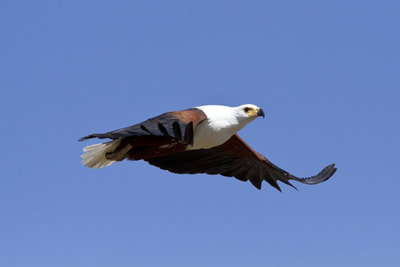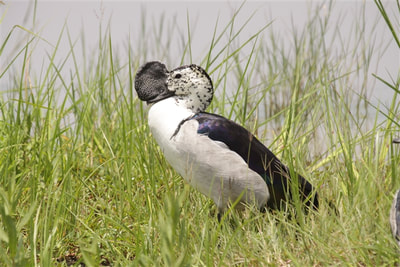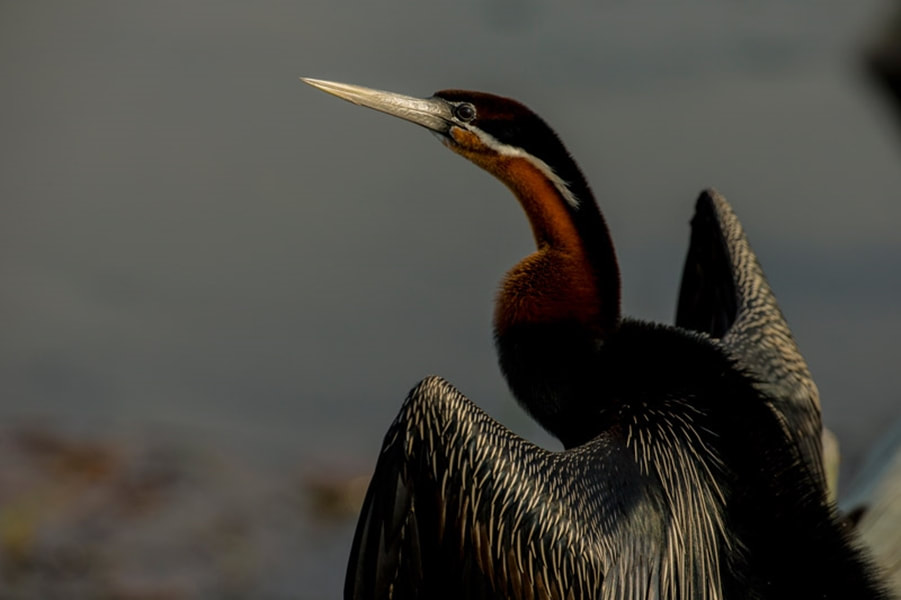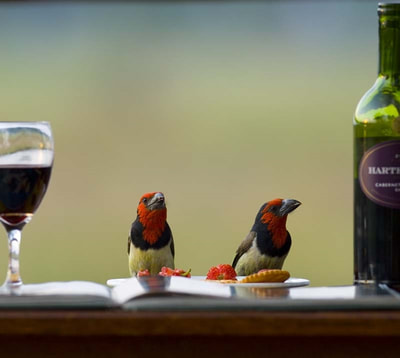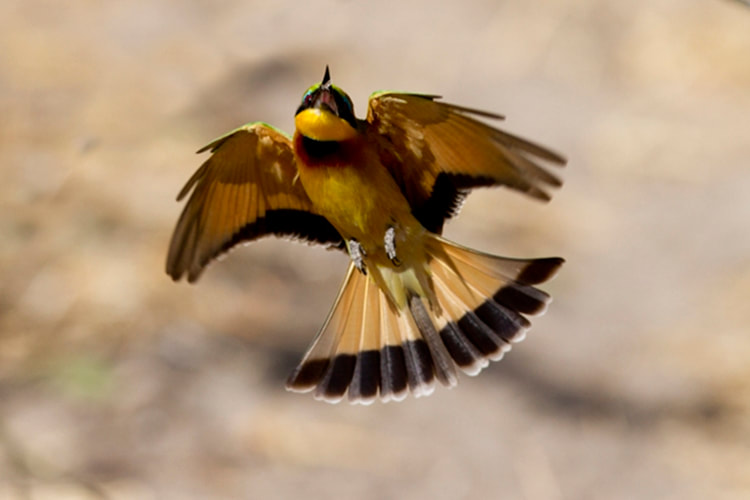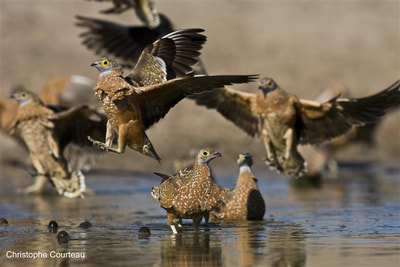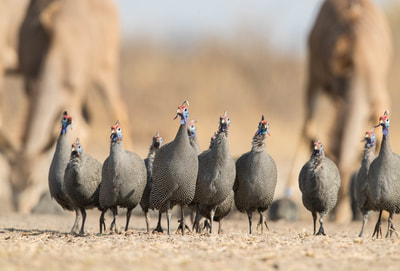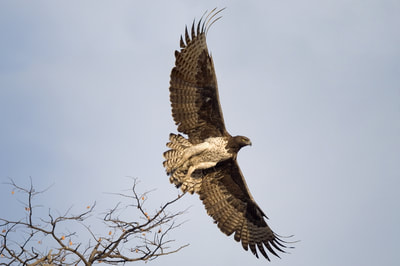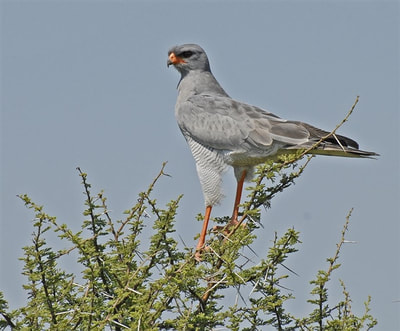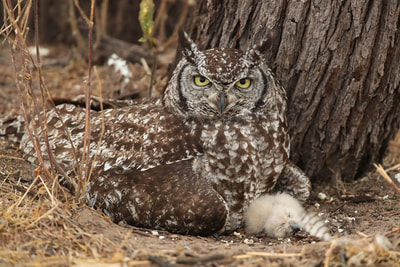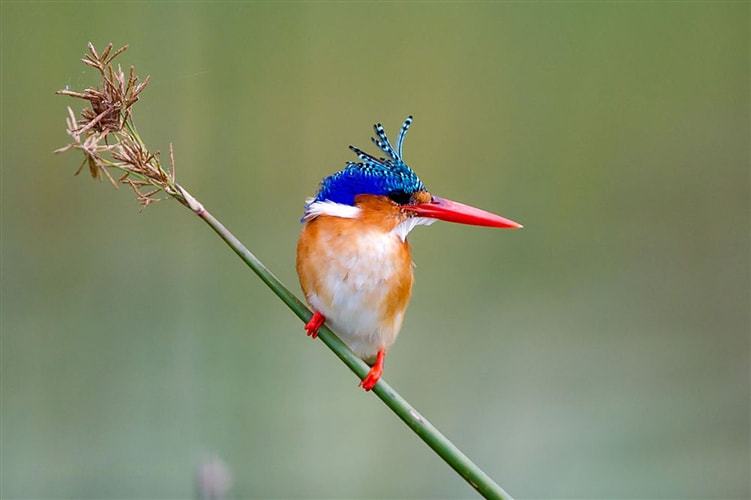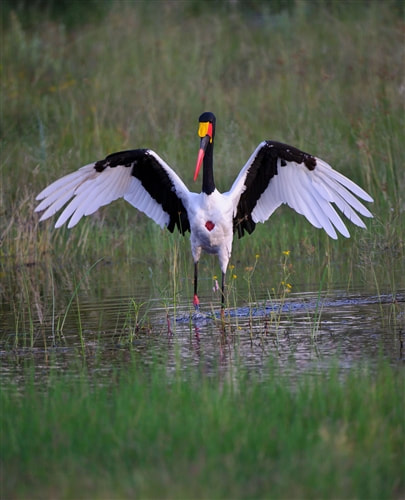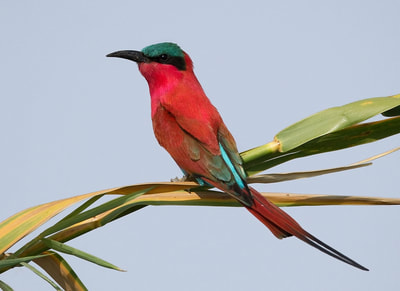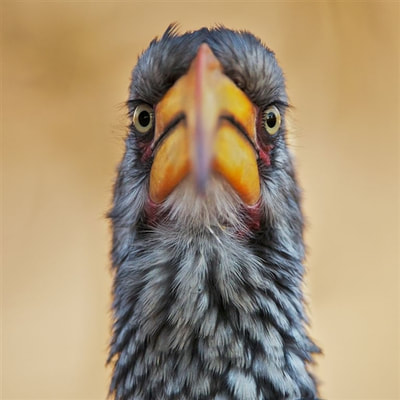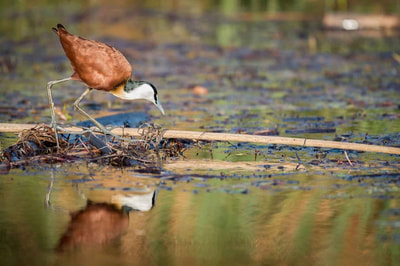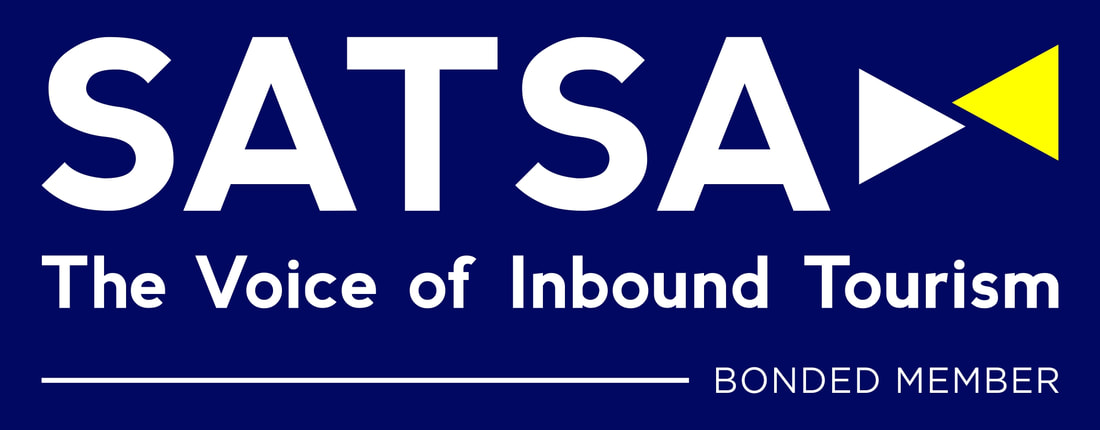|
Interestingly, although Botswana can offer more than 600 recorded species, it has no endemic species.
This should not put the avid (or even interested) birder off - with the variety of areas to visit and excellent number of species, there will always be something to look out for – and on a year-round basis. Botswana is blessed with a good variety of habitats – forests, woodlands, savannahs, desert, pans, rivers, floodplains, marshes and the huge wetland that is the Okavango Delta. This variety of habitats has contributed to the variety of species, and also allows for some easy sightings (in the open areas) and some which are more of a challenge (woodlands). Seasons The seasons for game watching tend to be well defined, and the winter months of June to August are seen as the peak period. This is due to the lack of water, and vegetation, which tends to concentrate mammals in areas where there any sources of water. This can also been a good time for birding (for the resident species in particular). There are no migrants during this period, although late August tends to see the first of the intra-African species arriving, such as the Yellow-billed Kite (Milvus parasitus) and Wahlberg’s Eagle (Aquila wahlbergi). In November and December the clouds start to appear, bringing cooler temperatures and an occasional late afternoon shower. Typical temperatures tend to be between 20°C/69°F in the morning and 33°C/91°F in the afternoon. The more extreme Kalahari areas can still have very hot days, and cold mornings. It does not take long, after the start of the rains, for the bush to be transformed, pans to fill with water, and for migratory species to appear. Breeding is at its peak during this time of year both for residents and visitors . Best Areas Particularly good areas for birding are the northern Chobe National Park (and environs). It is not unheard of for keen birders to spot an average of 100 species a day, for stays of 3 days or so. The Okavango Delta is, of course, also an excellent area for birding – arguably one of the world's great sanctuaries, and enjoys some big concentrations of species, not least of which are the endangered Wattled Crane (Bugeranus carunculatus), excellent numbers of African Fish Eagles (Halieatus vocifer), the Slaty Egret (Egretta vinaceigula) and the Pel’s Fishing Owl (Scotopelia Peli). Likewise the Makgadikgadi Pans area can be very rewarding – particularly if the rains have been good. The pans are huge, and large areas fill with water, attracting both the Greater (Phoenicopterus ruber) and Less Flamingo (Phoenicopnaias minor) in huge numbers. Where the Nata River enters the pans, it forms a mini wetland, which in turn can attract pelicans (Great-white - Pelecanus onocrotalus, and Pink-backed - Pelecanus rufescens) along with several species of waders, ducks, Caspian Terns (Sterna caspia) and Chestnut-banded plovers (Charadrius pallidus). Exploration of the vast Central Kalahari Game Reserve can yield a good variety of species, including the stately Secretary Bird (Sagittarius serpentarius), Kori Bustard (Ardeotis kori), Korhaan (Northern Black - Eupodotis afraoides, and Red-crested - Eupodotis ruficrista), and various sandgrouse, larks, warblers, robins, bulbuls, finches and waxbills. Not only are there a good number of species to be seen in these areas, the actual volume of individual birds can be spectacular… such as francolin, spurfowl, dove, hornbill, bulbul, weaver, and waxbill. If you are keen birder, a lover of the wilderness, or just starting out, a birding Safari in Botswana will be hugely rewarding in terms of the volume and variety of species available.... contact us (form below) for quotes and itineraries....
| ||||||
| Venture To Botswana Bird Check-list, updated | |
| File Size: | 743 kb |
| File Type: | |

